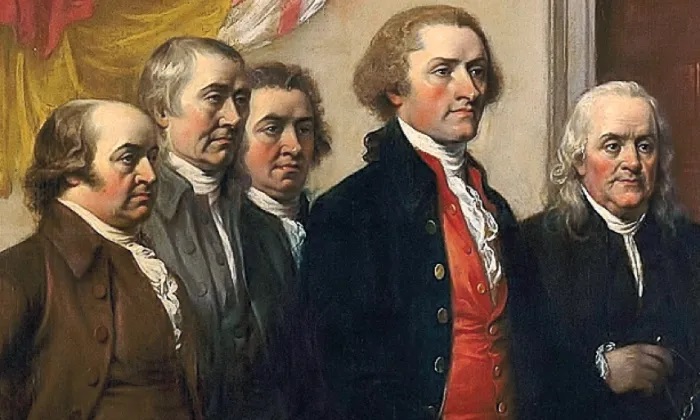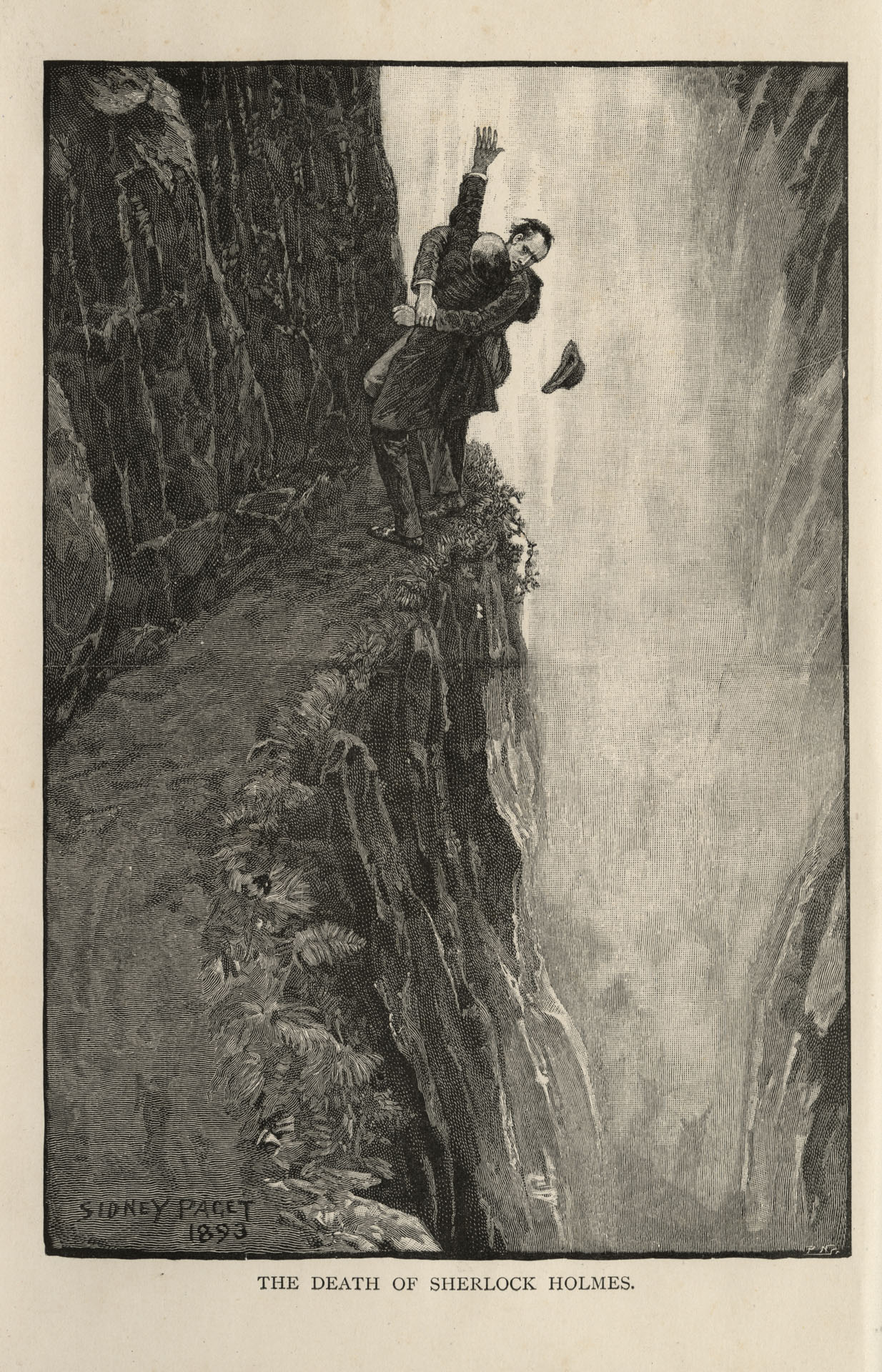Operation Fast and Furious was the name given by the Bureau of Alcohol, Tobacco and Firearms (ATF) “…to a group of Arizona gun trafficking cases under Project Gunrunner that began in the fall of 2009,” according to a report by CBS News. President Obama took office in January of the same year.

CBS News journalist Sharyl Attkisson offers one of the clearest narratives based on the facts of the case.
” ‘Gunwalking,’ Attkisson begins, “is law enforcement vernacular for the concept of allowing criminal suspects to ‘walk’ off with guns, without police interdicting or tracking them. It’s widely considered taboo, since ‘walked’ guns may be used in violent crimes, including murders.
“Project Gunrunner is [an ATF] national initiative under the Justice Department started in 2006 [under the Bush Administration] aimed at reducing US-Mexico cross-border drug and gun trafficking and violence.
“Wide Receiver is the name ATF assigned to a group of gun trafficking cases investigated out of the Tucson, Arizona office beginning in 2006 [also under the Bush Administration]. LikeFast and Furious, it was supervised by ATF Special Agent in Charge Bill Newell. Sources indicate it involved about 275 ‘walked’ guns. According to sources who worked directly on the case, the vast majority of guns were not tracked and Mexico’s government was not fully informed of the case. Apparently worried that the gunwalking tactics could be viewed as inappropriate, federal prosecutors in Arizona abandoned the case. Then, in fall of 2009, Justice Department officials decided to go ahead and prosecute the case.”
In her February 2013 report, Attkisson looks back at how Fast and Furious began.
“A number of Federal Firearms Licensed (FFL) gun dealers in the Phoenix area routinely contacted ATF when they noticed suspicious customers attempting purchases; for example, someone ordering large numbers of AK-47 variant rifles and other so-called “weapons of choice” used by the Mexican drug cartels, and paying with large sums of cash brought in a paper bag. But starting in fall 2009, instead of stopping the transactions or questioning the customers, ATF often encouraged select gun dealers to go ahead and complete suspicious sales.
“ATF further asked the gun dealers to continue to cooperate by selling to the suspicious customers repeatedly, and providing ATF with names and weapons’ serial numbers. Several gun dealers expressed concerns to ATF: they worried if they cooperated in selling guns to suspected criminals, they would later be unfairly blamed or even prosecuted, and that some of the weapons might be used one day to murder federal agents.”
And the inspiration for the program?
“Many U.S.-sold guns were being trafficked to Mexico,” Attkisson continues, “and used in drug cartel violence. Though the exact percentage and number is the subject of debate, ATF was tasked with trying to stop the flow of guns. A year afterFast and Furious began, ATF remained under pressure from a Nov. 2011 Inspector General review of Project Gunrunner that criticized ATF’s focus on low level gun dealers and straw purchasers ‘rather than on higher-level traffickers, smugglers, and the ultimate recipients of the trafficked guns.’
“ATF officials who supported ‘gunwalking’ say they thought that by seeing where the guns later ‘ended up’ in Mexico would help them take down a cartel big fish.”
A noble goal, but the tactic turned out to be unreliable and dangerous.
On December 14, 2010, Border Patrol Agent Brian Terry was shot and killed “…allegedly by illegal aliens armed with at least two AK-47 variant rifles trafficked by Fast and Furioussuspects who had not been arrested by ATF.”
Immigration and Customs Special Agent Jamie Zapata “…was ambushed and murdered… two months after Brian Terry… Two weapons used in Zapata’s murder were linked to suspects who had been under ATF surveillance for at least six months before Zapata’s murder, but were not arrested.”
Attkisson says that “The public was not told about the link between Terry’s murder and Fast and Furious, nor was the gunwalking revealed. But ATF insiders began sharing their concerns anonymously online, including to the forum CleanupATF.org. … Several ATF agents became whistleblowers and contacted Sen. Charles Grassley (R-Iowa), who began investigating the controversy in Jan. 2011…. On March 3, 2011, the first ATF whistleblower, John Dodson, spoke to CBS News.”
The next major controversy in the case came about over the Justice Department’s February 4, 2011 letter to Senator Grassley.
“In its earliest response to Sen. Grassley’s questions about the gunwalking operation,” Attkisson says, “the Justice Department sent a letter that contained inaccurate information. The letter, signed by Assistant Attorney General Ronald Weich, stated that ATF never ‘knowingly allowed the sale of assault weapons to a straw purchaser who then transported them into Mexico.’ Ten months later, the Justice Department withdrew the letter acknowledging that it contained inaccuracies.
“In April 2012, Weich announced his intention to resign from the Justice Department to become dean of the University of Baltimore Law School. Documents subpoenaed by the House Oversight Committee, but not turned over, include Justice Department communications after the Feb. 4, 2011 letter leading up to the Dec. 2011 retraction of the inaccurate letter. Republicans in Congress want to see who-knew-when that the Feb. 4 assertion denying gunwalking was false, and why it took ten months for the administration’s retraction.”
It is this delay that prompted many in Congress to raise reasonable suspicions about who knew what and when.
“[Attorney General Eric] Holder has consistently denied knowing anything about gunwalking within his agency when it was occurring. ATF is a division of Holder’s Justice Department. He asked the Justice Department Inspector General to investigate in late February 2011.
“Holder has answered Congressional questions on Fast and Furious at nine hearings. On May 3, 2011 he told a Judiciary Committee hearing, ‘I’m not sure of the exact date, but I probably heard about Fast and Furious for the first time over the last few weeks.’ Yet documents show that at least ten months before the hearing, frequent memos discussing Fast and Furious were addressed to Holder.”
So, who is responsible for the lack of communication aboutFast and Furious; who is being held accountable and did Attorney General Holder knowingly withhold information from the Judiciary Committee?
I’ll answer those questions in Friday’s conclusion.
Comments









